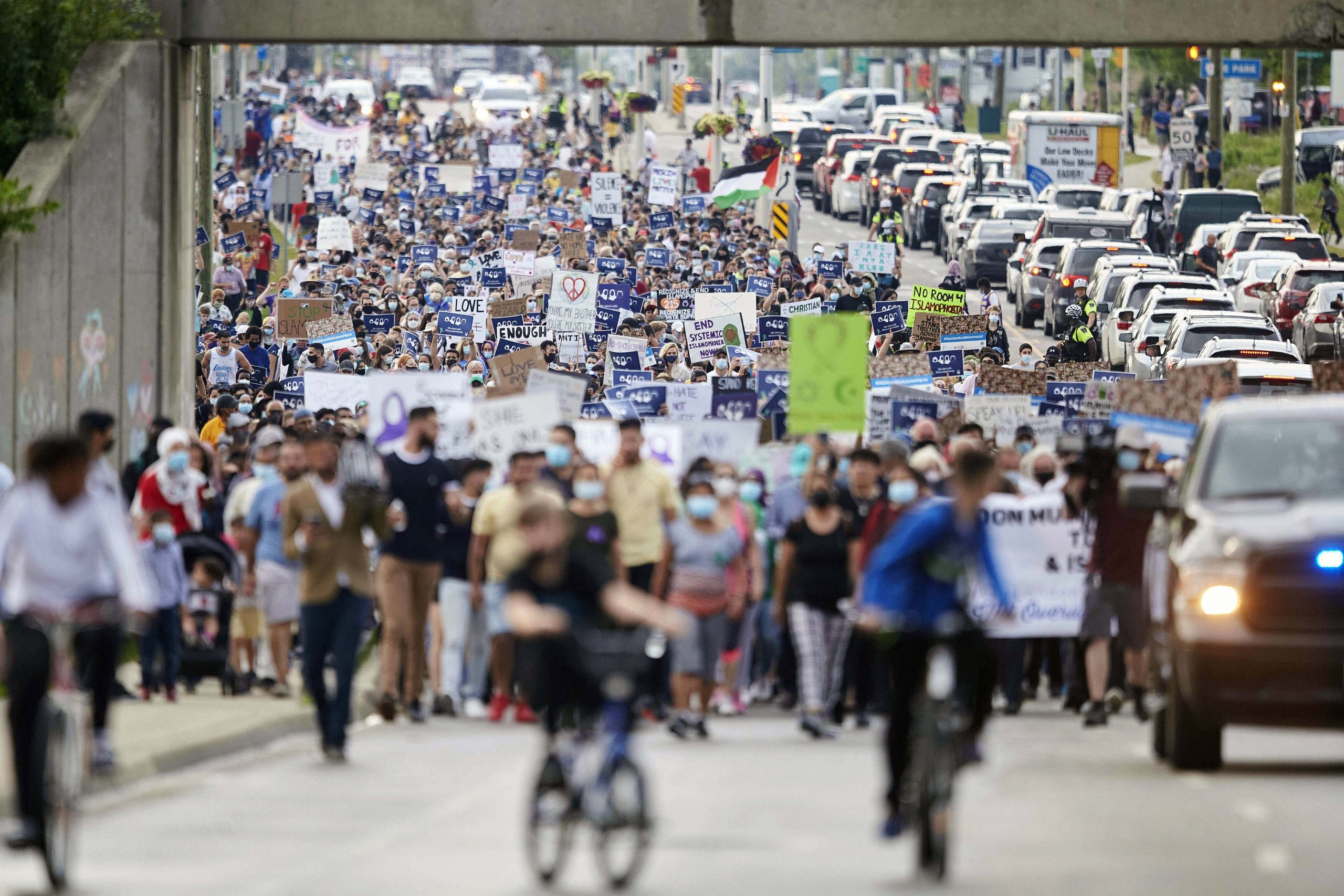The Occupy Wall Street movement was a protest against income inequality. Several participants argued the gap between the 1 percent, or ultra-rich, and everyone else was unfair.
According to reports, the movement, which spread through social media, did not set specific policy goals. It rather gave people a platform to voice their concerns.
Todd Gitlin, a professor at Columbia University, who has also written about the movement, said at first he did not think it would go anywhere. However, the initial impression changed.
Also read: Mayor London Breed spotted unmasked, violating San Francisco’s COVID protocol
He said the movement impacted politics, specifically what he calls the Sen. Bernie Sanders movement.
“To think that such a thing that was directly anti-political would have an effect on the political system was rather an astonishing thing,” Spectrum Local News reported Gitlin as saying.
While the movement had a political impact, the gap between the top and bottom income earners is still vast.
According to the Economic Policy Institute, the top 1 percent of earners saw their wages grow from 1979-2019 by 160 percent. But the bottom 90 percent of earners only saw their incomes grow to 26 percent.
Also read: Who is London Breed?
While the tents that popped up in parks and various notable spots are long gone and the place where Bradley slept is now a parking lot, he said the fight continues.
“The problem is worse now than it was 10 years ago … you can live without the 1%, you can’t live without the working class … we need to do something, we need to get together,” Bradley said.
However, the Occupy Wall Street movement had two things in common: the tactic of occupying public spaces for days and weeks at a time, and the goal of unseating unjust accretions of power.
Taken together, that time, space, and rebellion led to another common feature: radical experiments with what a truly accountable democracy might look like.







